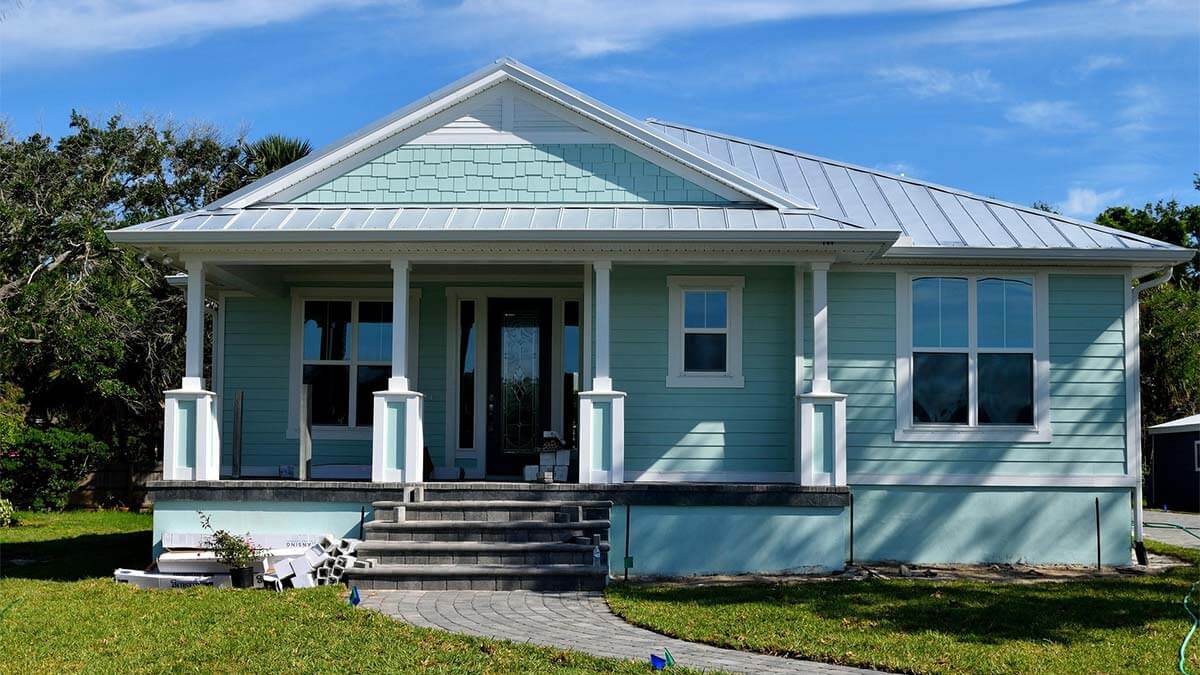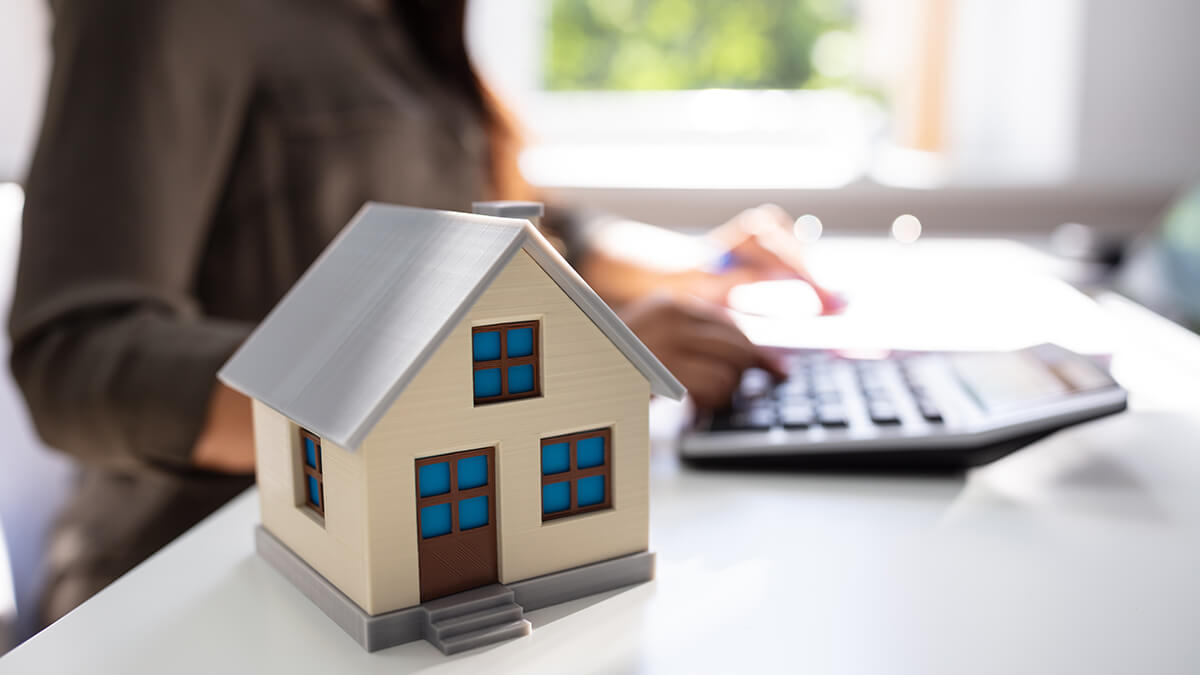San Antonio’s housing market is going through some big changes right now. With high interest rates and shifting economic conditions, buying or selling a home in this city has become a different ball game compared to just a few years ago. Prices are fluctuating, and the competition among buyers is fierce. If you’re thinking about jumping into the market, it’s important to know what you’re up against.
The rise in interest rates has made mortgages more expensive, which has slowed down the buying frenzy we saw during the pandemic. However, it has also created opportunities for some buyers who are ready to take advantage of the slightly less competitive market. Sellers, on the other hand, may need to adjust their expectations, as homes aren’t flying off the shelves like they used to.
Are you considering selling your home in San Antonio but worried about the current market conditions? Now might be the perfect time to explore a quick, cash offer from an iBuyer. This option can provide a faster, more predictable sale, helping you avoid the hassle and uncertainty of the traditional real estate market. Stay tuned as we dive deeper into what’s happening in San Antonio’s housing market and how you can make the best decisions moving forward.
San Antonio Real Estate Market
- Snapshot of San Antonio Real Estate Today
- Key Economic Shifts Shaping San Antonio Housing
- Neighborhood Breakdown: Where to Buy or Sell
- What’s Next for San Antonio Homes? Market Predictions Ahead
- Natural Hazards and Market Vulnerabilities in San Antonio
- Reilly’s Two Cents
- Final Takeaways on San Antonio’s Real Estate Landscape
- FAQs About Buying and Selling in San Antonio
Compare Cash Offers from Top Home Buyers. Delivered by Your Local iBuyer Certified Specialist.
One Expert, Multiple Offers, No Obligation.
Snapshot of San Antonio Real Estate Today
Right now, San Antonio’s real estate market is showing some interesting trends. The median home price has seen notable shifts over the past year, reflecting the changing dynamics of supply and demand. As of the latest data, the median home price in San Antonio is around $259,978. This marks a slight increase from last year, signaling that while the market is cooling down a bit, property values are still holding strong.
Homes in San Antonio are currently spending an average of 54 days on the market, a noticeable increase from the rapid sales pace seen in previous years. This longer time on the market suggests that buyers have more time to consider their options, and sellers may need to be more strategic about pricing and presentation.
Another key trend to note is the increase in price reductions. With more homes staying on the market longer, sellers are often reducing their prices to attract buyers. About 20% of homes in San Antonio have sold below the list price recently, while only a small percentage are still fetching prices above the asking amount. This shift indicates a more balanced market, where buyers have a bit more negotiating power than they did during the peak of the pandemic-driven housing boom.
Key Economic Shifts Shaping San Antonio Housing
San Antonio’s housing market is being shaped by several key economic shifts:
- High-Interest Rates: Rising interest rates have made mortgages more expensive, reducing the buying power of many potential homeowners. This has led to fewer people being able to afford homes, which slows down the overall demand in the market.
- Demographic Trends: San Antonio continues to attract new residents due to its affordable cost of living and strong job market. However, there is also an outflow of some long-term residents seeking lower taxes or different lifestyles in nearby areas. These migration patterns create varied demands across different neighborhoods.
- Local Economic Conditions: The city’s economy is supported by diverse industries, such as healthcare, military, and tech, which offer a stable job market. However, changes in these sectors—like job losses or economic downturns—can quickly impact the housing market by affecting people’s ability to buy homes.
These factors combined create a dynamic housing market where buyers and sellers need to stay informed to make the best decisions
Neighborhood Breakdown: Where to Buy or Sell
San Antonio is a city of diverse neighborhoods, each with its unique market dynamics. Here’s a closer look at some of the key areas:
- Alamo Heights: Known for its upscale charm and historic homes, Alamo Heights remains a competitive market. Buyers here are looking for a mix of character and luxury, which keeps demand steady. Homes often sell close to the asking price, but the market isn’t as fast-paced as some other areas.
- Stone Oak: A popular choice for families due to its excellent schools and suburban feel, Stone Oak is experiencing moderate market activity. Homes in this neighborhood tend to stay on the market a bit longer, giving buyers some leverage in negotiations. However, single-family homes remain a favorite, particularly for those looking to settle down long-term.
- Downtown San Antonio: The downtown area is attracting younger buyers and investors interested in urban living and condos. This market is more stable, with properties often selling at a premium due to their central location. The demand for condos is higher here, and prices tend to reflect the convenience of city living.
- Southtown: Known for its artsy vibe and historic architecture, Southtown is one of the trendier neighborhoods, drawing in a mix of young professionals and creatives. The market here is more volatile, with homes often selling above the list price, especially if they have been recently renovated or are in particularly desirable blocks.
- West San Antonio: This area is seeing increased interest due to its affordability compared to other neighborhoods. It’s a good spot for first-time homebuyers or investors looking for potential growth. Homes here are generally more affordable, and the market is less competitive, giving buyers more room to negotiate.
What’s Next for San Antonio Homes? Market Predictions Ahead
Expert Opinions on Market Trends
Real estate experts are forecasting a mixed outlook for the San Antonio housing market. While some stability is expected, fluctuations in home prices might continue due to high interest rates and ongoing economic uncertainties. If interest rates begin to decrease, buyers could find more favorable conditions. However, for now, most analysts maintain a cautious optimism about the market’s future.
Guidance for Potential Buyers
For those looking to buy, the current market conditions could offer a unique opportunity. With more homes staying on the market longer and sellers reducing prices, buyers have a chance to negotiate better deals. It’s essential to stay ready and be prepared to act swiftly, especially in neighborhoods that remain highly competitive. Being informed about the local market dynamics can provide an edge in making the right purchase decision.
Advice for Sellers in a Shifting Market
Sellers should focus on setting realistic price expectations and ensuring their homes are in the best possible condition. Investing in minor renovations or staging can significantly enhance a property’s appeal to potential buyers. In today’s market, pricing your home competitively and being open to negotiations are key strategies for achieving a successful sale. Staying flexible and responsive to market trends will help sellers navigate these uncertain times more effectively.
Natural Hazards and Market Vulnerabilities in San Antonio
Flooding Risks and Real Estate
San Antonio’s geography makes it particularly susceptible to flooding, especially during heavy rainfall or severe weather events. Homes located near rivers, creeks, or in low-lying areas face the greatest risk. This vulnerability can influence property values, as buyers may be hesitant to purchase homes in flood-prone areas. Sellers in these zones might need to price their homes more competitively or invest in flood prevention measures to attract cautious buyers.
Wildfire Threats and Property Impact
The outskirts of San Antonio, particularly those near wooded areas or dry brush, are increasingly at risk of wildfires, especially during hot, dry summers. Properties in these regions can see fluctuating demand based on the perceived risk of wildfire damage. Buyers are becoming more conscious of these risks, often seeking homes with fire-resistant landscaping or in communities that have robust emergency response plans.
Extreme Heat and Housing Considerations
San Antonio’s hot climate is a factor that cannot be ignored. The intense summer heat can impact everything from utility costs to home maintenance needs, such as roof repairs and cooling system upgrades. Homes with energy-efficient features or those with shaded outdoor spaces and effective insulation are more appealing to buyers looking to mitigate the impact of extreme temperatures. Sellers can highlight these features to differentiate their properties in a competitive market.
The Influence of Environmental Risks on Buyer Interest
Overall, environmental risks are becoming a more significant consideration for both buyers and sellers in San Antonio. While these hazards can lower property values in the most vulnerable areas, they can also drive demand for homes with protective features or in safer locations. For buyers, understanding these risks is crucial for making an informed purchase. For sellers, highlighting a home’s safety and resilience can be a valuable selling point in an unpredictable market.
Reilly’s Two Cents
From my experience in the housing market, I’ve seen firsthand how challenging it can be to find the perfect home. The key is to stay prepared and act fast when you find something that checks all your boxes. In this market, homes can get snapped up quickly, so having your finances in order and a strong offer ready can make all the difference. Don’t be afraid to negotiate, especially if a home has been on the market for a while or has had price reductions. Sometimes, a little patience and persistence can pay off in securing a better deal.
Advice for Sellers: Setting Realistic Expectations
For sellers, it’s crucial to set realistic price expectations. I’ve often seen sellers aiming too high and then needing to make several reductions, which can deter potential buyers. Instead, pricing your home competitively from the start can generate more interest and potentially lead to multiple offers. It’s also important to make sure your home is in top condition. Simple updates, like a fresh coat of paint or improved landscaping, can significantly increase your home’s appeal. Remember, first impressions matter, so make sure your home stands out from the competition.
Final Takeaways on San Antonio’s Real Estate Landscape
San Antonio’s real estate market is a dynamic landscape, shaped by various economic shifts, environmental factors, and neighborhood trends. As we’ve explored, high interest rates and demographic changes are key influences on the current market, impacting both buying power and home values. Some neighborhoods are thriving, with homes selling quickly and often above the asking price, while others are experiencing a slower pace with more room for negotiation.
For buyers, understanding these market conditions is crucial. This could mean taking advantage of opportunities in less competitive neighborhoods or being prepared to move quickly in more sought-after areas. Having a clear strategy, whether you’re looking for a starter home or an investment property, is essential in making a smart purchase.
Sellers, on the other hand, should focus on realistic pricing and enhancing their home’s appeal. In a market where homes are taking longer to sell, being flexible and proactive can help attract buyers and close deals faster. Highlighting unique features and ensuring the property is in top condition will set it apart from the competition.
Ultimately, whether it’s a good time to buy or sell in San Antonio depends on your specific circumstances and goals. Staying informed about the latest trends and being prepared to adapt to changes in the market will help you make the best decisions for your real estate journey.
Instant Valuation, Confidential Deals with a Certified iBuyer.com Specialist.
Sell Smart, Sell Fast, Get Sold. No Obligations.
FAQs About Buying and Selling in San Antonio
What is the current median home price in San Antonio?
The current median home price in San Antonio is around $300,000. This figure can fluctuate based on various factors like the neighborhood, type of property, and overall market conditions.
How long do homes typically stay on the market?
On average, homes in San Antonio are staying on the market for about 45 days. This duration can vary depending on the property’s location, price, and condition, as well as the overall competitiveness of the market.
What are the best neighborhoods for investment in San Antonio?
Neighborhoods like Alamo Heights, Stone Oak, and Southtown are currently popular for investment. Alamo Heights offers upscale living, Stone Oak is favored by families, and Southtown attracts young professionals and creatives. Each area presents unique opportunities depending on your investment goals.
How do high-interest rates impact my ability to buy a home?
High-interest rates can make mortgages more expensive, reducing your overall buying power. This means you may qualify for a smaller loan than you would in a lower-rate environment, which can affect the price range of homes you can afford. It’s important to shop around for the best mortgage rates and consider how your budget may be impacted by current economic conditions.
What risks do natural hazards pose to San Antonio real estate?
San Antonio is vulnerable to natural hazards such as flooding, wildfires, and extreme heat. Homes in flood-prone areas may face higher insurance costs and lower property values. Wildfire risks are more significant in areas near wooded regions, while extreme heat can affect utility costs and maintenance needs. Being aware of these risks is important when choosing where to buy and how to protect your investment.
Reilly Dzurick is a seasoned real estate agent at Get Land Florida, bringing over six years of industry experience to the vibrant Vero Beach market. She is known for her deep understanding of local real estate trends and her dedication to helping clients find their dream properties. Reilly’s journey in real estate is complemented by her academic background in Public Relations, Advertising, and Applied Communication from the University of North Florida.




